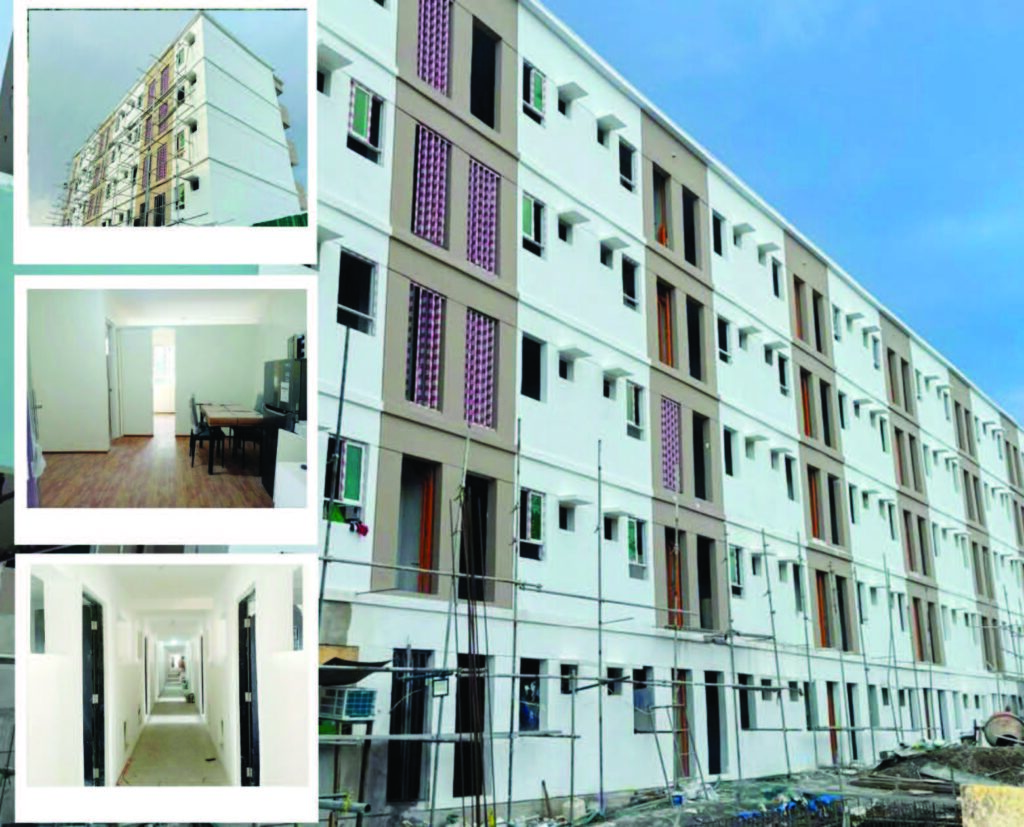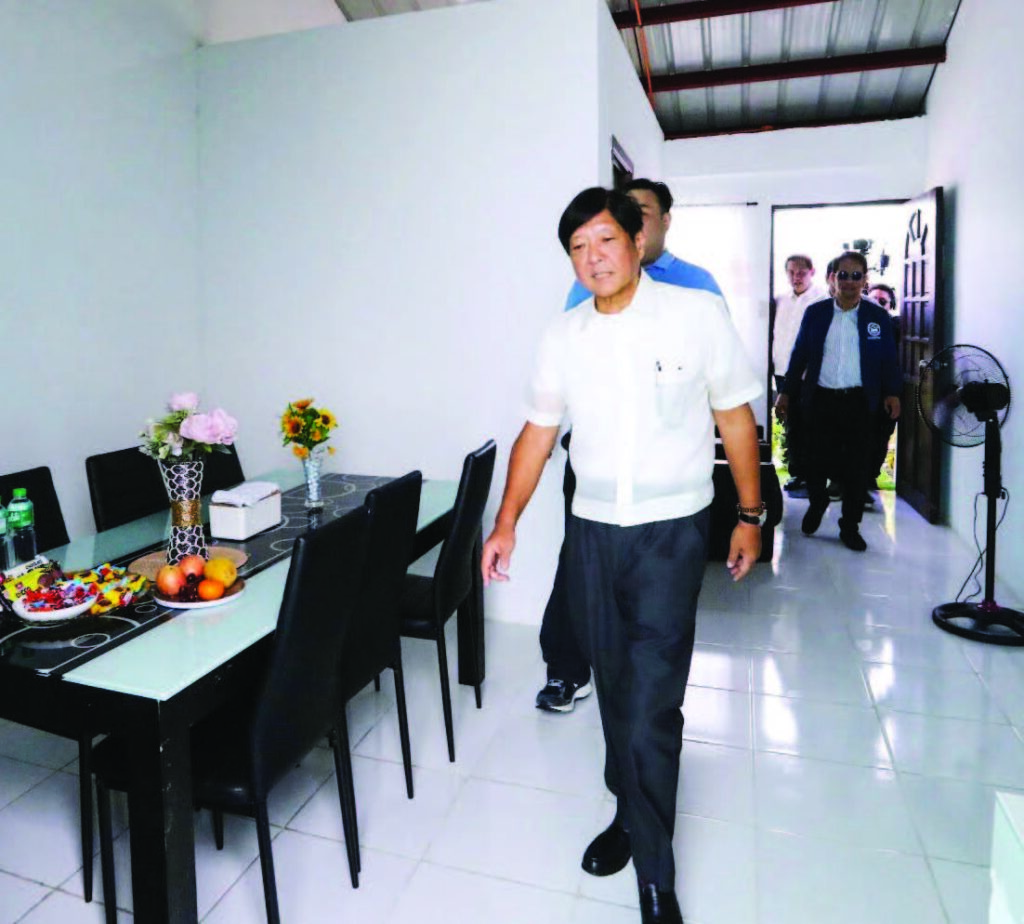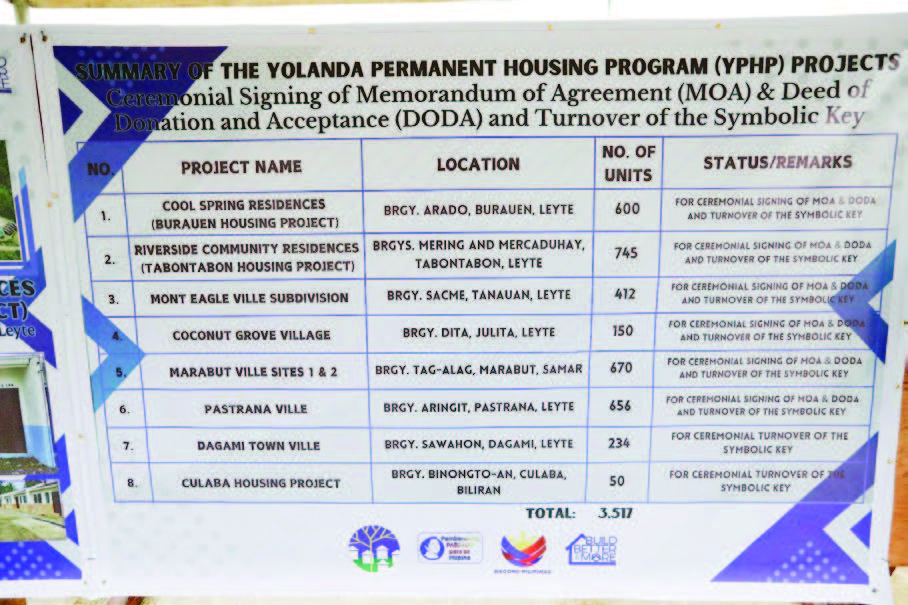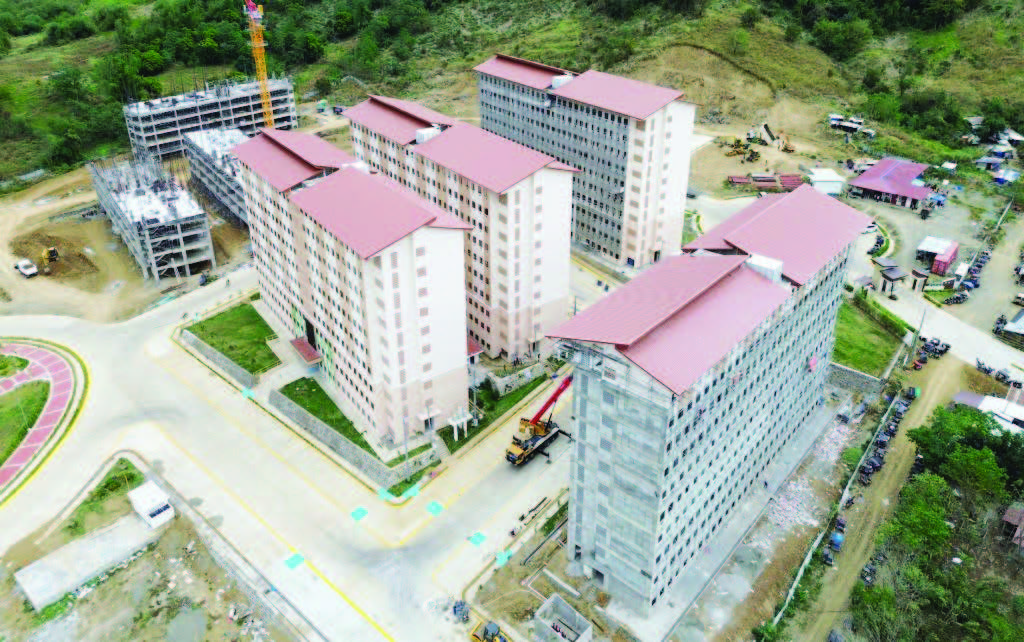The Philippines faces a daunting challenge: millions of families without adequate housing. Yet amid this persistent crisis, a new chapter is unfolding under President Ferdinand R. Marcos Jr.’s administration. The government’s flagship housing program has begun showing tangible results, offering hope to families who have long waited for a place to call home.
The vision behind 4PH
The Pambansang Pabahay Para sa Pilipino (4PH) program represents an ambitious departure from past approaches. Rather than continuing with small-scale, scattered developments, the administration has set its sights on constructing over six million housing units by 2028—a target that would significantly reduce the national housing backlog.

The San Miguel de Manila Residences is an in-city housing development spearheaded by the SHFC, DHSUD, and implemented through the 4PH program. This vertical housing initiative will provide dignified and secure homes to more than 100 families displaced from various esteros in Manila.
What makes this program different is its focus on vertical development. The government is building high-rise, condominium-style buildings that make better use of limited urban land while creating genuine communities. These aren’t just basic shelters; they’re designed as neighborhoods with parks, playgrounds, and communal spaces that families can actually enjoy.
Since President Marcos highlighted the program in his July 2024 State of the Nation Address, momentum has been building. The initiative specifically targets those who need help most: low-income families, informal settlers, and vulnerable groups across the country.
Real progress on the ground
The numbers tell a story of unprecedented activity in Philippine public housing. Between January 2024 and July 2025, the government launched 56 major 4PH projects spanning Luzon, Visayas, and Mindanao. This represents the fastest pace of public housing delivery the country has ever seen.
Currently, over 505,000 units are in the pipeline for completion by 2028, with approximately 45,494 units actively under construction as of February 2025. The Social Housing Finance Corporation (SHFC) oversees much of this construction activity, ensuring projects stay on track.

Perhaps most importantly for waiting families, over 7,300 newly built homes have already been turned over to beneficiaries. The first ceremonial turnover took place in December 2024, with President Marcos Jr. and the First Lady in attendance—a symbolic moment marking the program’s transition from planning to reality.
The response from communities has been encouraging. More than 1,000 applications have been processed in key locations like Palayan City, Bacolod City, and Bocaue, Bulacan, indicating growing public awareness and trust in the program.
PBBM inspects one of the climate-resilient housing units in Yolanda-hit areas earlier in January this year
Building better communities
The shift toward vertical development isn’t just about saving space—it’s about creating livable communities. These new condominium-style projects aim to meet standards typically found in middle-income neighborhoods, moving beyond the basic shelter model that characterized past government housing efforts.
Safety and resilience have also received renewed attention. New construction codes address longstanding criticisms about substandard government housing. The buildings now incorporate climate-adaptive features such as flood retention systems and covered walkways, helping protect residents from natural disasters that frequently impact the Philippines.
Addressing urgent needs
The program has shown particular responsiveness to emergency situations. Over 54,000 units were fast-tracked for families still displaced by Typhoon Yolanda in Eastern Visayas—a reminder that for many Filipinos, adequate housing remains a matter of survival, not just comfort.
Socialized housing has also expanded significantly, with 35,000 new units largely completed and awarded by 2024. The government has embraced urban renewal as well, working to improve existing informal settlements through infrastructure development and providing residents with secure tenure rather than simply relocating them.
Making it work: Partnerships and financing
Behind these achievements lies a pragmatic approach to financing and implementation. The government has combined direct budget allocations with public-private partnerships, working with contractors and developers who understand both business realities and social objectives.
These collaborations help balance construction costs with affordability for beneficiaries, supported by subsidies and financing through institutions like the Pag-IBIG Fund. A joint venture in Limay, Bataan, exemplifies this model, bringing together public resources and private expertise to deliver condo-style housing.
Key milestone in the Yolanda Permanent Housing Program marked by ceremonial turnover of symbolic keys for thousands of resilient homes across Leyte and Samar. The government pushes forward with inclusive and sustainable housing under the Pambansang Pabahay Para sa Pilipino (4PH) program.

The road ahead
Despite this progress, the scale of the challenge remains enormous. The housing backlog still ranges from 6.5 to 12.4 million units, depending on how it’s calculated. Annual housing production, while accelerating, hasn’t yet reached the one million units per year needed to close the gap quickly.
Ongoing challenges include streamlining project approvals, preventing construction delays, ensuring fair allocation processes, and maintaining quality standards as construction scales up. These are familiar problems in large government programs, but ones that require constant attention.
However, there are encouraging signs. Surveys show that around 94% of beneficiaries express satisfaction with their new homes—a strong indicator that the program is successfully reaching its intended recipients and meeting their needs.
Voices from the communities
The real measure of success comes from the families now living in these developments. Residents consistently report feeling safer in their new homes, with better access to employment opportunities and stronger community connections compared to their previous situations in informal settlements.
Local governments have noted positive changes too: fewer people living in hazard-prone areas and reduced demand for emergency shelter during disasters. The private sector has recognized the program’s broader economic impact, particularly in job creation and related industries.
Looking forward
From July 2024 to mid-2025, the Philippine government’s housing program has demonstrated that large-scale public housing delivery is possible. The program has successfully scaled up residential projects, maintained its focus on vulnerable populations, and begun creating the kind of integrated, resilient communities that families deserve.
The housing backlog remains a formidable challenge, but the foundation has been laid. With expedited construction, inclusive policies, and strengthened partnerships driving the effort forward, there’s genuine reason for optimism that the shelter gap can be narrowed in the coming years.
For millions of Filipino families still waiting for adequate housing, these developments represent more than statistics—they represent hope that safe, dignified housing might finally be within reach.





